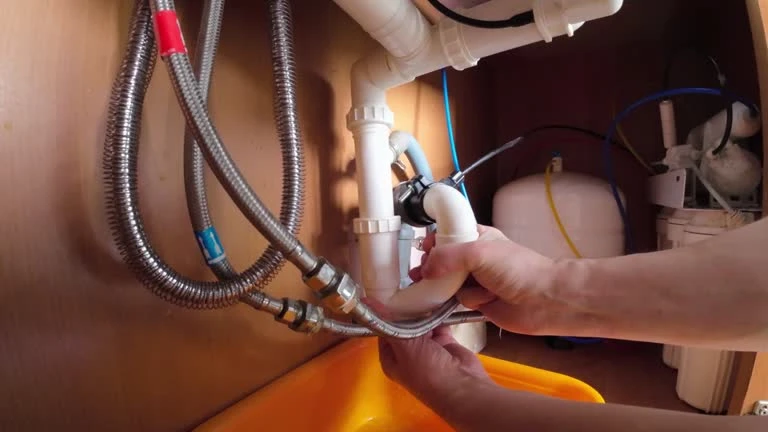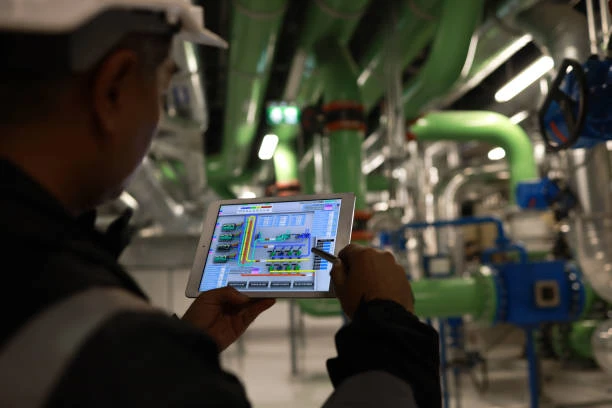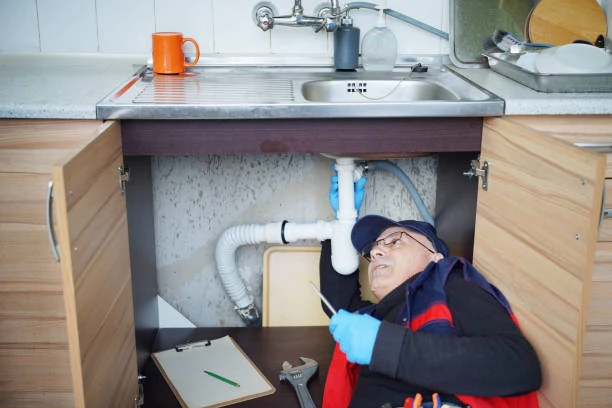Introduction to PPR and Its Properties
Polypropylene Random Copolymer (PPR) is a popular material in plumbing and piping systems. Its excellent corrosion resistance sets it apart from traditional materials. PPR pipes and fittings, including the PPR check valve, are widely used in various applications. They can withstand harsh environments without degrading. This article analyzes the corrosion resistance of PPR, highlighting its benefits and applications.
Understanding Corrosion and Its Effects
Corrosion is the gradual destruction of materials due to chemical reactions with their environment. It can lead to leaks, failures, and costly repairs. Traditional metals, such as steel and iron, are prone to rust and corrosion. In contrast, PPR materials resist these issues effectively. For example, when exposed to acidic or alkaline substances, PPR maintains its integrity. This property makes PPR an ideal choice for various industrial applications.
Advantages of PPR Over Traditional Materials
PPR offers several advantages over traditional materials like metal and PVC. First, PPR does not corrode, ensuring a longer lifespan. Second, it is lightweight, making transportation and installation easier. Third, PPR has a smooth inner surface, reducing friction and preventing scaling. The PPR check valve enhances these benefits by providing reliable flow control without corrosion-related issues. This combination of properties makes PPR a preferred choice in many industries.
Applications of PPR in Corrosive Environments
PPR pipes and fittings are suitable for various corrosive environments. Industries such as chemical processing, pharmaceuticals, and food and beverage benefit from PPR’s resistance to corrosion. For instance, in chemical plants, PPR pipes transport aggressive substances without degrading. The PPR check valve ensures that these materials flow smoothly and safely. This application highlights how PPR can enhance operational efficiency while minimizing maintenance costs.
Testing Corrosion Resistance in PPR
To analyze the corrosion resistance of PPR, various tests are conducted. These tests simulate real-world conditions to evaluate performance. Common tests include immersion in corrosive solutions and exposure to extreme temperatures. Results show that PPR maintains its structural integrity under these conditions. The PPR check valve also performs well in these tests, proving its reliability. Such testing demonstrates the long-term viability of PPR in corrosive environments.
Comparing PPR with Other Materials
When comparing PPR to other materials, the differences become clear. Metals, such as steel, often require protective coatings to prevent corrosion. However, these coatings can wear off over time. On the other hand, PVC can become brittle under UV exposure and temperature changes. PPR, in contrast, remains stable and resistant to both corrosion and environmental factors. The PPR check valve exemplifies this stability, offering a durable solution for flow control.
Maintenance and Longevity of PPR Systems
PPR systems require minimal maintenance, contributing to their cost-effectiveness. Regular inspections can help identify potential issues, but corrosion is rarely a concern. The longevity of PPR pipes and fittings, including the PPR check valve, reduces the need for frequent replacements. This reliability translates to lower operational costs for industries. By choosing PPR, companies can invest in a system that lasts for years without significant maintenance.
Conclusion: The Future of PPR in Corrosive Applications
In conclusion, PPR’s corrosion resistance makes it a valuable material in various industries. Its advantages over traditional materials, such as longevity and low maintenance, enhance its appeal. The PPR check valve plays a crucial role in ensuring efficient flow control in corrosive environments. As industries continue to seek durable and cost-effective solutions, the demand for PPR will likely grow. Embracing PPR technology leads to improved performance and reliability in challenging conditions.
IFAN Products international standards
IFAN products strictly adhere to a comprehensive range of international standards, encompassing ISO 15874, EN 15874, ASTM F2389, DIN 8077/8078, GB/T 18742, NBR 15884, ISO 15494, EN ISO 15494, GB/T 19472, NBR 15494, ASTM 2846 (501), DIN 8079/8080 (502), ASTM F441/F441M SCH80 (503), DIN (504), DIN (505), GB/T 18993, AS/NZS 1477, CSA B137.6, NSF/ANSI 14, TIS 17-2532/1131-2535, BS 3505, BS 4346 (801), ASTM D1785 SCH40 (802), ASTM D1785 SCH80 (803), DIN (804), GB (805), GB (806), GB(901), DWV(902), ASTM D2665 (903), along with ASTM D2241, D2665, D2729, and F441/F441M series, ISO 1452, EN ISO 1452, DIN 8061/8062, GB/T 10002, AS/NZS 1477, JIS K6741, CSA B137.3, and other national and industry norms.
Connect
IFAN is a Chinese manufacturer of plastic pipes, fittings and valves with 30 years of experience. If you are interest in IFAN copper fittings, copper valves, plastic pipes and fittings, please contact us. IFAN offers you a variety of standard pipes to meet your specific needs. Click below to learn more about IFAN’s wide range of affordable and cost-effective valve products and piping system related products.
We will reply your email or fax within 24 hours.
You can call us at any time if there is any question on our production.
For more information,pls visit our webside https://waterpipefitting.com/
Pls Mailto: [email protected]
Whatsapp: +86 15088288323














Recent Comments